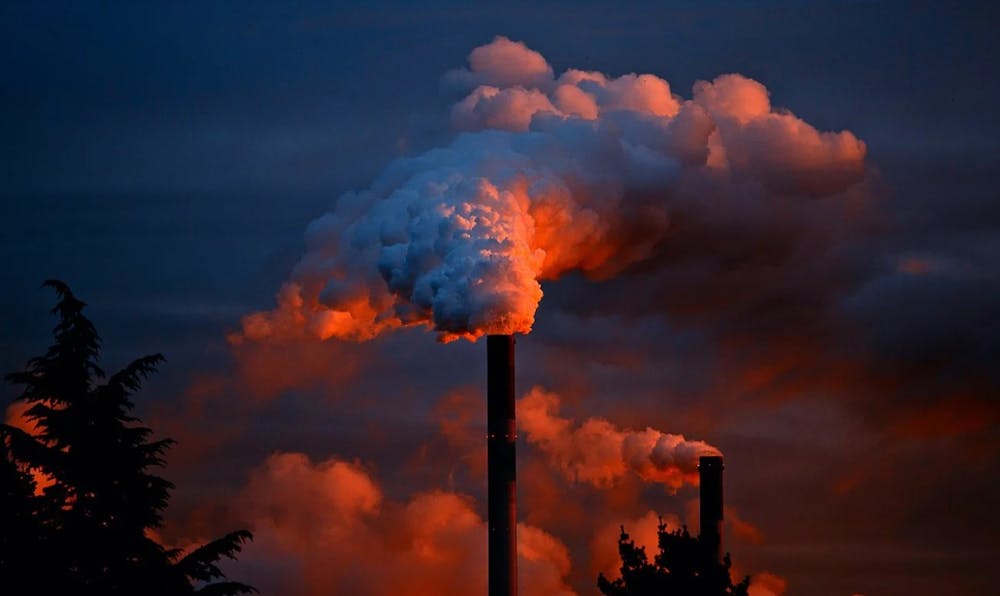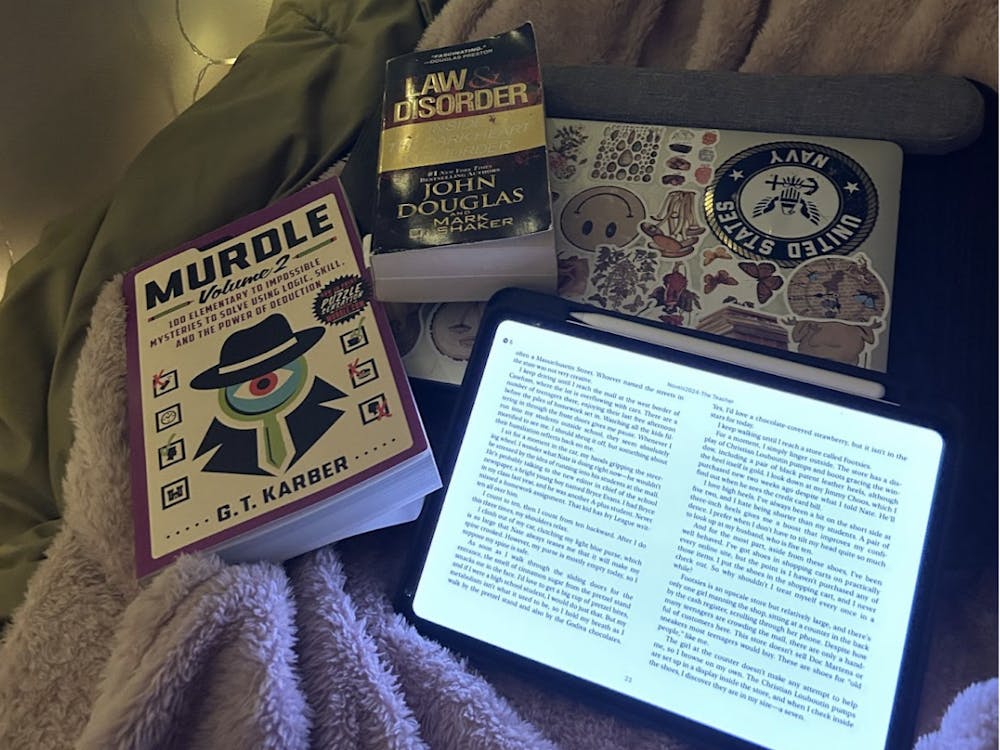Environmental equity is a pressing issue in America. Many low-income areas and communities of color face the brunt of pollution, as their neighborhoods are often the designated locations of factories, refineries and incinerators.
The Homewood Recycling Office and the Office of Sustainability explored this topic on Nov. 19 during its virtual webinar titled “Evenings with Environmentalists, Part 2: The Environment & Public Health.” During the webinar, scientists Yukyan Lam and Sacoby Wilson discussed sustainability and the push for environmental justice.
Lam works for Natural Resources Defense Council, serving as a public health scientist with the Healthy People & Thriving Communities program. Wilson is an associate professor at the University of Maryland School of Public Health. Together they have over 20 years of experience working in the field of community engagement and environmental science.
During the webinar, Wilson spoke about the lack of diversity, inclusion and scientific awareness in various communities throughout the United States.
“We made science something that’s something afar on top of an ivory tower. We have got to create scientific literacy, make it everyday, make it proximal, make it pocketbook. We need more diversity and inclusion in science,” he said.
However, this is not as easy as it sounds. According to Lam, many low-income areas and communities of color do not trust scientists. In an interview with The News-Letter, she went into further detail about this strained relationship, stating that scientists often come to research these areas but remain distant from the residents and never form relationships with them.
“There are communities that are rightfully very skeptical of scientists because we have come in for decades and extracted data while seeing the people as research subjects and nothing more,” she said.
Both Wilson and Lam are working to change this. They have formed partnerships with various communities throughout the U.S. and are working to educate more residents about the importance of environmental equity.
Wilson has traveled all over the U.S. working on environmental justice issues with community-based organizations in places like South Carolina, North Carolina, Texas, Georgia, Alabama, Delaware and Maryland.
Currently he directs the Community Engagement, Environmental Justice and Health lab in College Park, Md. which focuses largely on building relationships with the community through community-based participatory research (CBPR). This model takes residents and community-based groups and involves them in the scientific research and data analysis being conducted in the neighborhood. This allows scientists to build relationships with the residents which in turn fosters equity and community engagement.
During the webinar, Wilson summed up the principle of the CBPR model.
“Anybody can be a scientist,” he said. “You don’t need to have a PhD.”
Lam is also working to foster equity in the community by using data to show disparities between neighborhoods. During the webinar, she talked about her work mapping cumulative impacts in the Chicago area. Cumulative impacts refer to the sum total of factors in a neighborhood — like environmental, social and economic stressors — that affect the social determinants of health in an area. Air pollution, poverty, crime, food access and poor infrastructure are all examples of cumulative impacts.
Lam explained this concept to the audience.
“The situation is that communities are not usually faced with one pollutant at a time; they are facing multiple things at the same time,” she said. “There are things like health insurance status, education, linguistic isolation, transportation, housing. These hazards and social factors create a harmful situation that if you just analyze a single thing at a time, you’re going to miss.”
Lam was inspired to develop the cumulative impacts map in response to the Industrial Corridor Modernization Initiative implemented by Mayor Rahm Emanuel in 2017. The initiative sought to modernize the industrial areas in Chicago, starting with the North Side communities. The idea was conceived with the notion that revitalizing these areas would attract commercial development and tourism, creating jobs and revenue.
However, according to Lam, there were downsides to this plan. One of them was that the project was going to have adverse impacts on low-income communities and areas of color. In the webinar, Lam stated that the administration ignored the cumulative impacts and proceeded with the project.
“They were going into communities that we had partnerships with and telling them disturbing things,” she said. “They were saying things like, ‘You don’t have a problem with industry. You guys don’t have a problem with health. Your life expectancy doesn’t seem so bad.’”
She also reported that various community groups, like the Little Village Community in southwest Chicago, reached out to her, asserting that cumulative impacts were not being considered. In response, Lam worked with various environmental justice organizations and used the Environmental Protection Agency’s environmental justice mapping tool to create a cumulative impacts map which accounts for an area’s social and environmental factors.
Both scientists are hopeful for the impact that mapping can have on environmental justice. However, Wilson was quick to remind the audience that there must be a people-driven focus of using these data to improve the community.
“It’s about community building,” Wilson said. “Where do you invest resources? That’s the power of the tool. Knowing who’s been differentially impacted and under-resourced and where we need to focus our resources.”





